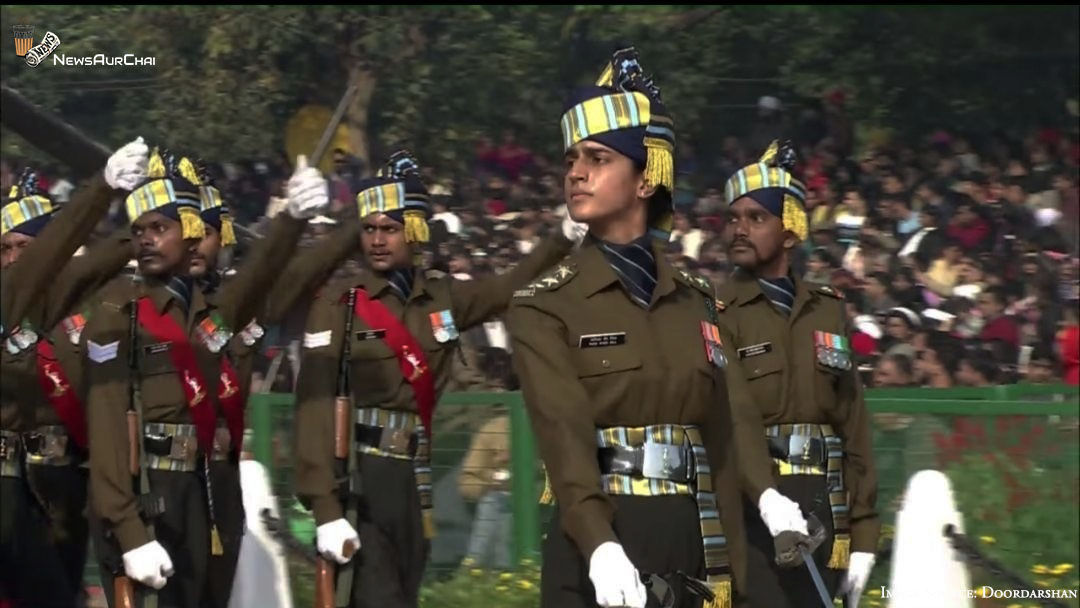
In a progressive move towards allowing women the option to serve in the military on equivalent terms with men, the Supreme Court on February 17, 2020, conceded women the privilege to Permanent Commission (PC), and the option to order.
This opens the entryways for women to order military units, for example, coordinations, signals or designer regiments, hence putting them in the situation of driving assortments of 500-600 men in battle bolster obligations.
The summit court dismissed the barrier service’s contention that (Indian) troops are not yet intellectually educated to acknowledge women officials in the direction of units since they (the men) are prevalently drawn from a provincial foundation. In so contending, the guard service had indeed summoned a social request wherein women typically take orders from men.
The request was recorded by a gathering of 332 women armed force officials, who joined the military from 1993 onwards. Their request was somewhat acknowledged by the Delhi High Court in March 2010, a decision that the protection service bid against in the peak court.
Critically, this Supreme Court administering doesn’t allow women the option to serve in battle units. Nonetheless, it rejects the administration’s dispute that women would be allowed to serve just in staff assignments, and not in order billets.
Women as of now serve in battle jobs noticeable all-around power, which a year ago qualified its first ladies military pilots. The Navy force Chief, Admiral Karambir Singh, called attention to in December that ladies maritime officials as of now perform battle assignments. For instance, discharging torpedoes and rockets at foe warships while filling in as spectators and weapons frameworks officials on board oceanic aeroplane like the P-8I Poseidon. Lady officials likewise serve onboard maritime warships in battle, but releasing non-battle jobs.
Though there stays solid institutional protection from permitting ladies into battle jobs in the military, where the infantry, reinforced corps, automated infantry, armed force flying and big guns could regularly be engaged with close, close by to-hand battling with the adversary.
All ladies filling in as SSC are presently qualified for settle on PC — they are equipped for changeless commission as much as all-male SSC officials are eligible for deciding on the PC.
This applies to ladies in all administrations of the Army — no special cases.
Officials, who have been serving and finished over 14 years of administration, would now be able to serve until 20 years and resign with full annuity benefits.
The individuals who served at least 20 years, regardless of whether they got a PC, will be qualified for annuity benefits.
The direction is currently open to lady officials — this doesn’t mean telling to battle units, yet that ladies can ascend to the colonel level. A direction can likewise be of a non-battling unit.
Then what does it not do?
Doesn’t open battle arms to women — the judgment leaves it to the administration of the day, without prodding toward any path.
Doesn’t make perpetual commission compulsory — a lady official can select it, however, doesn’t get it obligatorily, or by right.
Nothing of the sort as an option to assume responsibility for something — direction positions are settled based on opportunities, capabilities. It generally takes 20 years for an official to find a good pace.
Order positions, whenever given, will be kept to non-battle arms.
Doesn’t add up to a governmental policy regarding minorities in society/reservation of employments in PC or order position — it guarantees the balance of treatment. However, the caution of giving direction and lasting commission posts lies with the Army and government, yet the choice must be clarified.






One Comment